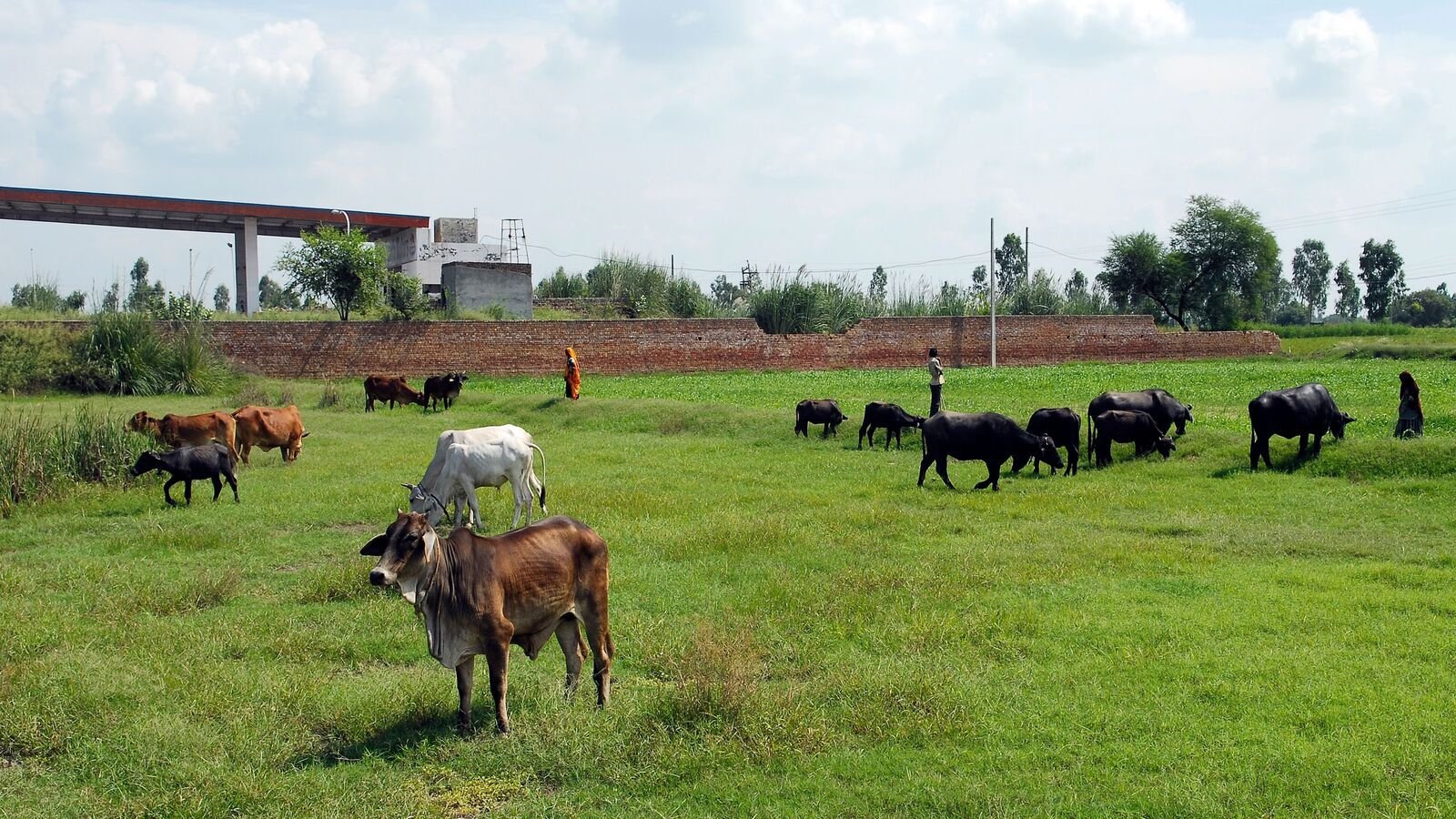To address the ongoing fodder crisis, India must adopt a multi-pronged approach that combines technology, innovation, and institutional support. First, promoting drought-tolerant, multi-cut fodder crops such as napier and sorghum can significantly improve year-round green fodder availability. Establishing village-level fodder zones and fodder banks would ensure localised reserves during lean periods. Simultaneously, farmers need training in silage preparation, hydroponics, and other preservation techniques to store and optimise fodder use.
Advanced tools like AI and satellite-based mapping can help identify fodder-deficit regions early, allowing for timely and targeted interventions. Furthermore, agricultural and veterinary universities should develop dedicated fodder crop packages tailored to regional conditions. Cooperatives like Amul are well-positioned to lead fodder planning, distribute quality seeds, and offer feeding advisory services, while the private sector can support these efforts through contract farming models that ensure a stable fodder supply to linked dairy farms.
Incentivising fodder cultivation through subsidies and inclusion in government schemes like MGNREGA could also drive farmer participation. Ensuring access to credit and insurance for fodder crops would reduce risk for smallholders. Strengthening extension services can improve knowledge transfer on best feeding practices. A coordinated national fodder mission is essential to unify these efforts and ensure long-term impact.







